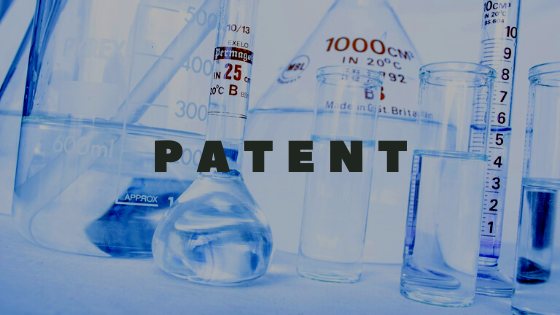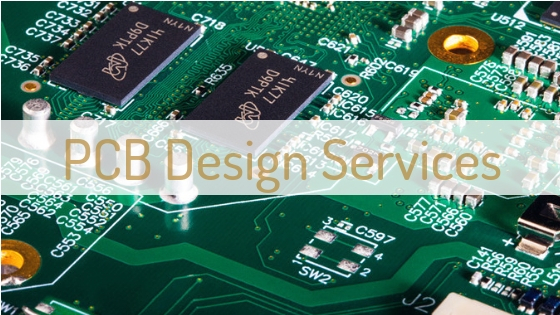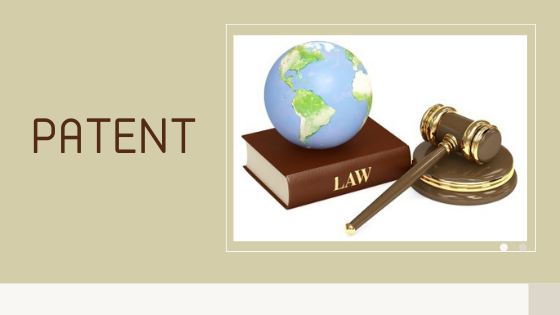
he world of medical science is advancing at a tremendous pace, and two areas that are experiencing historic levels of growth include biological products and strategies and pharmaceutical medications that can treat conditions that for centuries were thought to be completely incurable.
Given the tremendous opportunity that exists within these two fields of innovation, anyone with an idea that could take hold in the market needs to understand how that idea should be properly protected. There is an excellent guide on how to get a patent with InventHelp article.
The Nature of Bio/Pharma Patents
When it comes to the different types of bio/pharma patents, the list of potential innovations is almost impossible to quantify. However, some common examples of types of bio/pharma patents include:
- Pharmacology patents
- Genetics patents
- Biochemistry patents
- Enzymology patents
- Medical chemistry patents
- Nutritional science patents
- Organic chemistry patents
- Medicinal chemistry patents
Clearly, there are several more types, but these sorts of innovations tend to fall into the category of bio/pharma patents. As the field of research and development continues to expand within this realm, the opportunities that arise will continue to multiply as well.

How Bio/Pharma Patents Are Obtained
While the particular information necessary to obtain a bio/pharma patent may vary depending on the specific type of innovation involved, there are some general requirements necessary for a patent application to have the best chance to be approved, and these requirements include:
- A description of the invention
- A list of integral processes in relation to the formulation of the finished product or process
- Elements or compounds involved in the invention
- The structure of each element or compound necessary to complete the invention
This information is necessary for a patent agency, such as patent InventHelp agency, or an attorney to conduct a thorough search for existing patents that could present an obstacle for obtaining a patent on the new invention. Below are some examples of information necessary for a complete and proper bio/pharma patent application:
- Current status of the ‘state of the art’ within this field
- The advantages of your invention compared to the current standard
- A structural diagram of the invention
- An intricate description of the processes or the composition of the invention
- Details of the elements involved with the invention
- A real-world application of how the invention will be used
Depending on the specifics of your invention, more information could be necessary, but the examples above represent a good start on providing your patent attorney with the information necessary to help you move the process forward.


